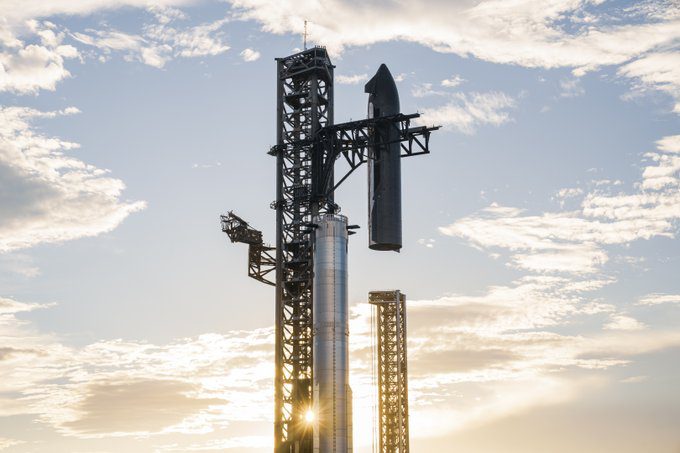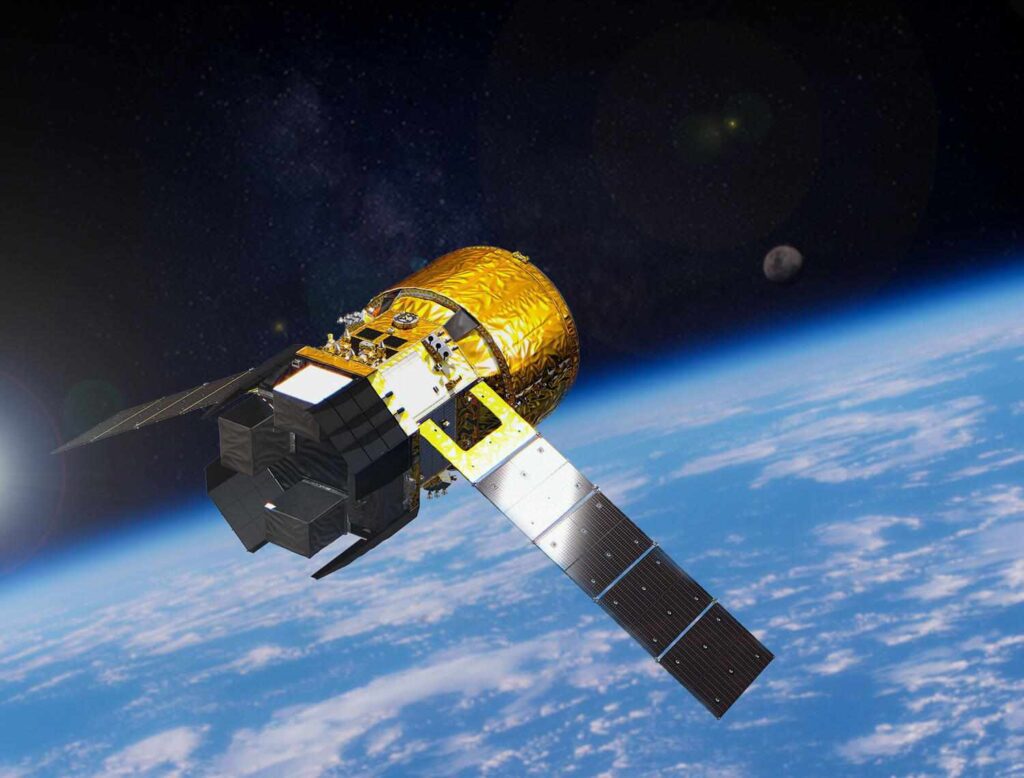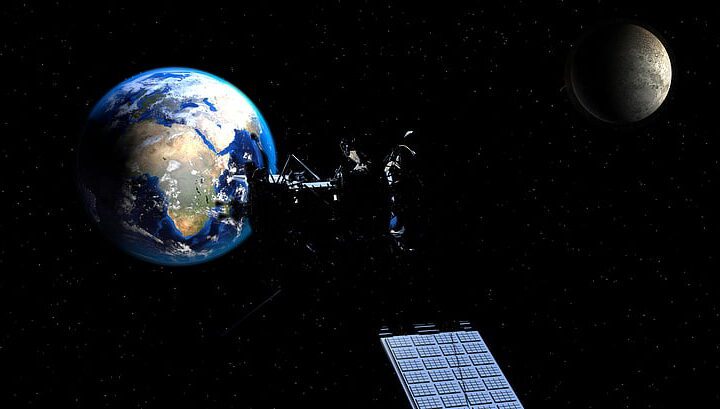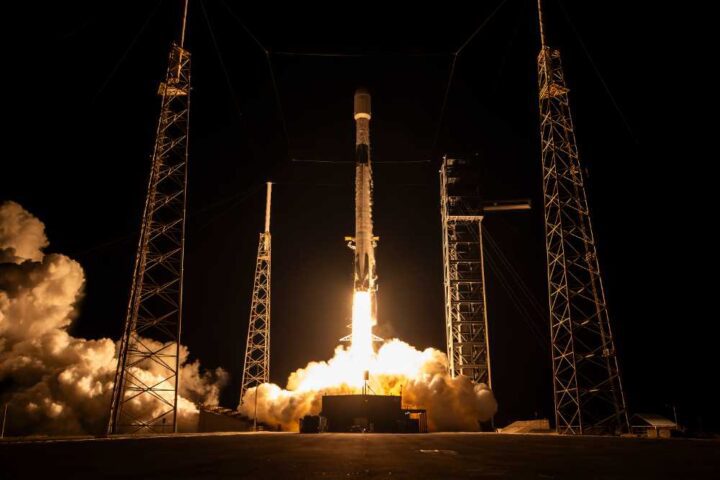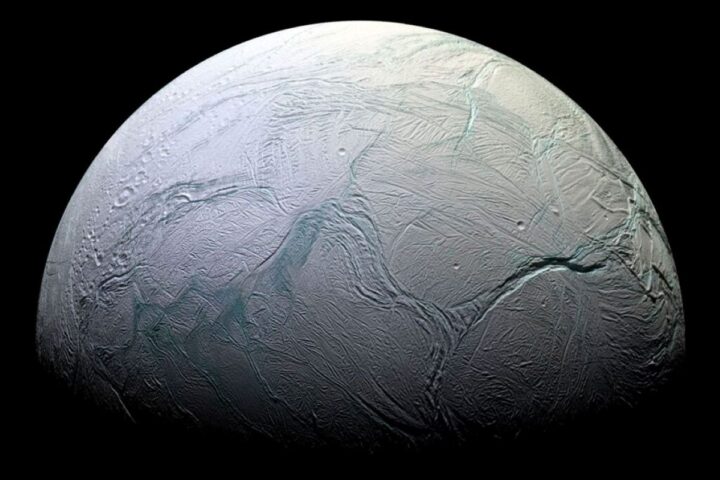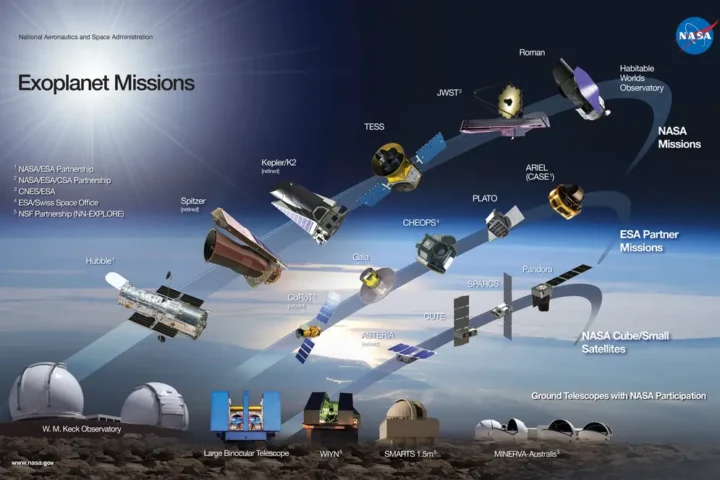SpaceX’s massive Starship rocket faces its 10th test flight today after a string of technical challenges this year. For NASA, Elon Musk, and the future of deep space exploration, this launch carries unusually high stakes.
The Starship program has experienced three in-flight losses and one ground test explosion in 2025. Flight 10 aims to break this pattern using Booster 16 and Ship 37, both Block 2 variants. The mission objectives include deploying Starlink satellite simulators, testing heat-resistant tiles, and attempting controlled splashdowns in the Gulf of Mexico and Indian Ocean – rather than experiencing the vehicle losses that characterized previous flights.
Technical Issues Behind Recent Failures
SpaceX engineers have identified specific problems that doomed earlier flights. Flight 7 experienced stronger-than-expected harmonic vibrations that led to propellant leaks, causing a fire in the upper stage’s aft section.
Flight 8 failed due to a hardware failure in one of the Raptor engines that led to inadvertent mixing and ignition of propellants. Flight 9 in May experienced a failure in the main fuel tank pressurization system diffuser, causing a methane leak and loss of attitude control.
Most recently, in June, Ship 36 (originally intended for Flight 10) was destroyed during ground testing. A nitrogen composite overwrapped pressure vessel (COPV) in the payload bay failed below its proof pressure, resulting in a catastrophic explosion.
These precise technical problems have received engineering fixes for Flight 10, including modified pressurization systems, strengthened engine components, and redesigned grid fins for improved steering.
Regulatory Clearance After Investigations
The Federal Aviation Administration (FAA) closed its investigation into Flight 9’s mishap and accepted SpaceX’s findings, enabling today’s Flight 10 attempt. This comes after SpaceX also completed its investigation into the Ship 36 ground test anomaly.
Environmental concerns remain regarding previous explosions scattering debris, but research shows potential benefits of Starship’s reusable design for reducing overall environmental impact if the system can be made to work reliably.
NASA’s Moon Plans Dependent on Success
NASA’s Artemis program has selected Starship as the Human Landing System (HLS) for the Artemis III mission, which aims to return astronauts to the lunar surface. NASA has officially scheduled this milestone for mid-2027, with Starship’s development progress being a critical factor in maintaining that timeline.
SpaceX aims to achieve a 3-4 week cadence between launches – a dramatic increase from the months-long gaps between current tests. Today’s flight will be the 10th test of the integrated Starship system amid SpaceX’s broader launch operations in 2025.
Financial Pressures Mount
While SpaceX remains privately held with recent valuations estimated between $200 billion and $400 billion, the company faces pressure to deliver a working system. SpaceX has invested years and substantial resources developing Starship.
Olivier de Weck, the Apollo Program professor of Astronautics and Engineering Systems at MIT, has expressed concerns about Starship’s architecture, stating: “We now have serious questions whether the architecture of Starship is in fact feasible or not.”
Today’s Flight Plan
Today’s mission will last approximately one hour if all goes well. After liftoff, Booster 16 will attempt a controlled splashdown in the Gulf of Mexico rather than trying to return to the launch tower. Ship 37 will continue toward orbit carrying Starlink satellite simulators.
The upper stage will perform a “flip maneuver” to test landing capabilities and then splash down in the Indian Ocean. This avoids the complexity of tower catches while still testing critical reentry and landing technologies.
Looking Beyond Flight 10
Musk maintains that Starship will eventually transport humans to Mars, with ambitious timelines that have repeatedly slipped. Critics question whether the fundamental physics and engineering challenges can be solved quickly enough to meet NASA’s lunar deadlines, let alone Mars mission timelines.
Today’s Flight 10 serves as a crucial inflection point in the Starship program. Whether it ends in another setback or demonstrates progress toward a reliable heavy-lift system will shape NASA’s lunar return plans and the timeline for human exploration beyond Earth orbit.The livestream begins approximately 30 minutes before launch.
